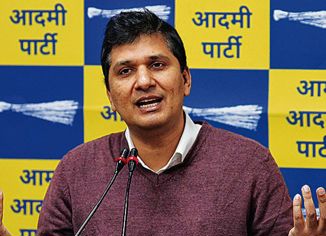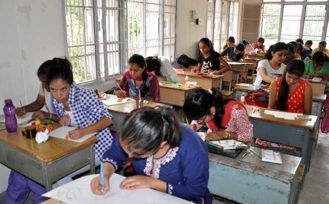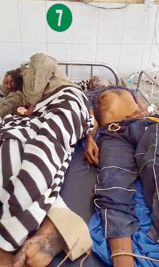Ritika Jha Palial
Tribune News Service
Chandigarh, February 1
Excessive daytime sleepiness (EDS) among nurses has become a major cause of concern for the PGIMER authorities. A study conducted by the institute on 400 nursing students found that 43.5 per cent of them were suffering from the EDS due to excess workload and unregulated work hours.
“Excessive daytime sleepiness is quite common among doctors, nurses, students and other people who work in shifts. The present study indicated that more than 40 per cent of the nursing students were suffering from the EDS. This is because of the work culture in the healthcare setting where professionals provide care to patients regardless of their sleep. As a result, cognitive abilities like vigilance, decision making and judgment required in nursing care may deteriorate,” stated the study titled “Excess daytime sleepiness, sleep hygiene and work hours among nursing students”.
“It may have adverse consequences on their health as well as on the patient’s safety. Consequently, the process of delivery of care to patient may get compromised upon,” the researchers stated further.
In the study, nursing students on an average reported more than 55 hours of work per week, much higher than the recommended 40 hours per week for nursing interns. Most (79.5 per cent) nursing students worked for more than 40 hours per week while 20.5 per cent for 40 hours or less. Among the subjects who work for more than 40 hours per week, nearly half of them reported the EDS with maladaptive sleep hygiene.
Most respondents reported more chances of falling asleep after lunch. A majority of them reported slight or higher chances of dozing off while travelling in a car.
The researchers included Dr Sukhpal Kaur, Dr Sandhya Ghai and Gunjan Grover from the National Institute of Nursing Education (NINE), PGIMER, and Dr Amarjeet Singh, from the School of Public Health, PGIMER.
Methodology
The cross-sectional study was done on 400 nursing students of the National Institute of Nursing Education (NINE), PGIMER, using the purposive sampling technique. An eight-item Epsworth Sleepiness Scale (ESS) was used to measure the EDS. The practice of sleep hygiene behaviours was assessed using 13-item sleep hygiene index (SHI).
Results
- Respondents were aged between 18 and 25.
- 96.8 per cent were females — 6.5 per cent married and 93.5 per cent unmarried.
- Of the 400, 93.2 per cent worked in clinical departments and 6.8 per cent in non-clinical departments.
- The study also revealed that most of the respondents had maladaptive sleep hygiene.
Conclusion
The workload due to extended working hours combined with poor sleep hygiene contributes to the EDS among nursing students.
Recommendations
Working hours for nursing students should be regulated.
Period of study
2011-12


























